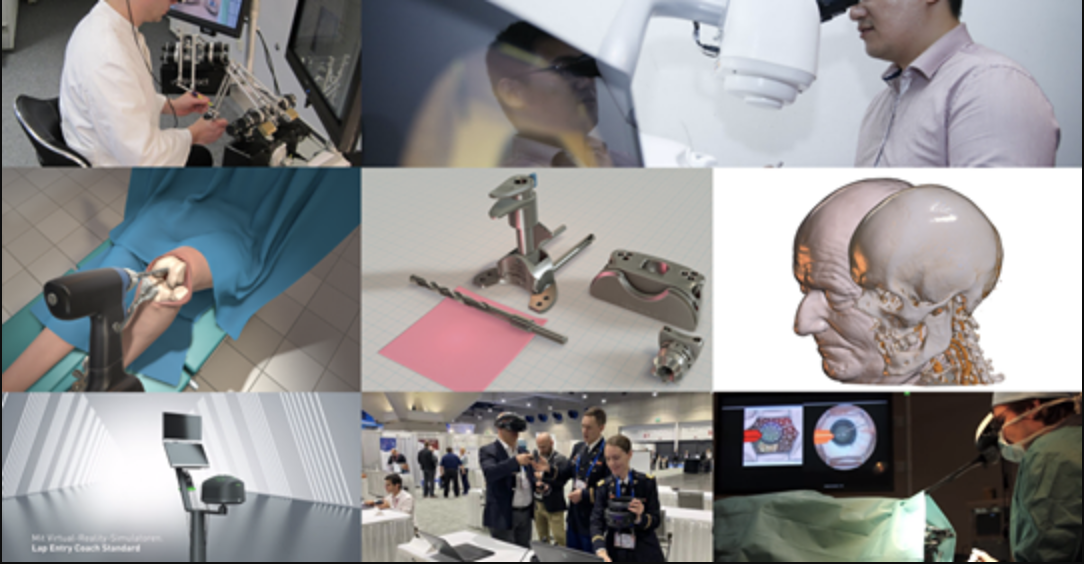According to a recent estimate by Goldman Sachs, AR and VR are expected to grow into a $95 billion market by 2025 [1]. The strongest demand and one of the highest opportunities to apply Immersive technologies, lies not only in the creative economy but also in the healthcare industry. Medical VR is an area of fascinating possibilities. It has not just moved the imagination of science-fiction fans, but also clinical researchers and real-life medical practitioners. Although the field is relatively young, there are increasingly great examples of VR having a positive effect on patients’ lives and physicians’ work, such as eye surgery simulators to reduce training costs and elevating the teaching and learning experience, speeding up the recovery process and enhancing the therapeutic experiences [2].
Longenesis teams up with immersive experience (VR/AR) experts to form Longenesis.Immersive — a partnership to offer hospitals and healthcare institutions free pilot projects, applying Virtual/Mixed reality experiences to improve the provision of the healthcare services and reduce the load on the institutions. A team of experts has more than 10 years of experience with proven track records on medical and military simulators, interactive technology development, spatial audio sound engineering, and custom VR solutions.
Starting today (26th of March, 2020), Longenesis.Immersive opens a subsidized call for collaboration for healthcare institutions, including clinics and R&D institutions worldwide willing to enhance their operational procedures with VR/AR solutions.
We kindly ask the organizations to express their interest by filling in a short survey here: https://forms.gle/6yzXyJRn8bMJSkfw5
[2]: 5 Ways Medical Virtual Reality Is Already Changing Healthcare. The Medical Futurist, 2020. Available: https://medicalfuturist.com/5-ways-medical-vr-is-changing-healthcare/
